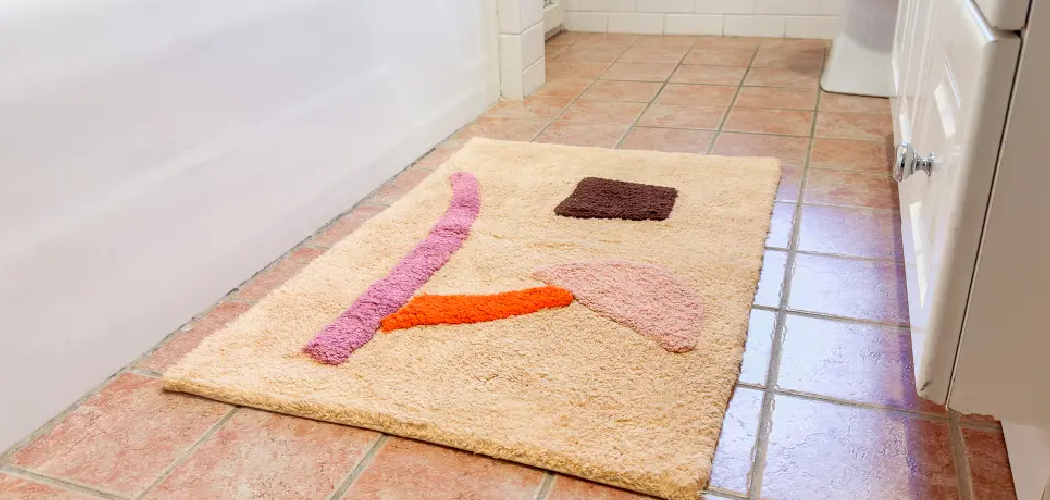Slipping in the bathtub is a common household hazard that can lead to serious injuries. With smooth surfaces and wet conditions, bathtubs can become slippery and dangerous if proper precautions are not taken. Fortunately, there are
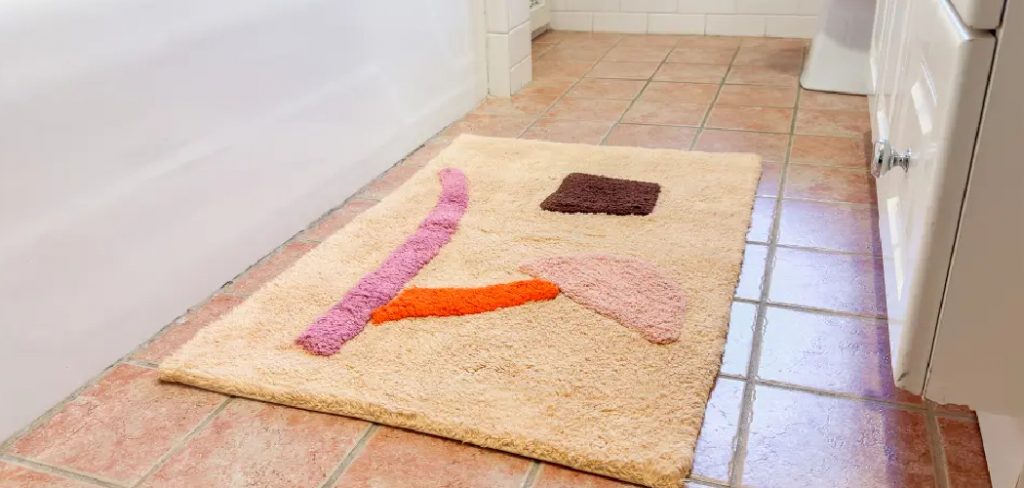
effective ways to reduce the risk of slipping and ensure a safer bathing environment for everyone in your home. This guide will help you explore practical solutions fo how to stop slipping in the bathtub.
The Dangers of Bathtub Slips and Fall-Related Injuries
Bathtub slips are a significant safety concern that can result in a variety of injuries, ranging from minor bruises to serious complications. The hard surfaces of bathtubs, combined with water and soap residue, create a hazardous environment where a fall can lead to broken bones, head trauma, or even spinal injuries. Older adults and young children are particularly at risk due to their decreased balance or mobility. Additionally, fall-related injuries in the bathroom are a leading cause of hospital visits, highlighting the importance of taking preventative measures. Addressing these risks not only ensures the physical well-being of household members but also provides peace of mind for everyone.
Common Causes of Bathtub Slips
Understanding the common causes of bathtub slips can help in identifying and addressing the specific factors contributing to accidents. One primary cause is the smooth and slippery surface of most bathtubs, which becomes even more hazardous when wet or soapy. Soap scum, shampoo residue, and bath oils can form an invisible coating that increases the risk of losing traction.
Additionally, the absence of supportive features, such as grab bars or non-slip mats, leaves individuals more vulnerable to falls. Climbing in and out of the tub without proper support can further elevate the risk, especially for individuals with limited mobility. Poor lighting in the bathroom can also reduce visibility, making it difficult to spot wet or slippery areas. By recognizing these common causes, you can take steps to proactively mitigate these risks and create a safer bathing environment.
10 Methods How to Stop Slipping in the Bathtub
1. Install Non-Slip Bath Mats
A quick and effective way to reduce slipping in the bathtub is by placing a non-slip bath mat on the tub’s surface. These mats typically have suction cups underneath that secure them in place, providing traction and preventing accidental

falls. Choose a high-quality rubber or textured vinyl mat with drainage holes to prevent mold buildup and ensure long-lasting effectiveness.
2. Use Non-Slip Stickers or Decals
Non-slip stickers or decals are an excellent alternative to bath mats, especially for those who prefer a more aesthetically pleasing option. These self-adhesive grips adhere directly to the bathtub surface, offering traction without covering the entire tub floor. Ensure they are spaced evenly and securely attached to maximize safety and longevity.
3. Apply an Anti-Slip Coating
Anti-slip coatings provide a more permanent solution to bathtub safety concerns. These coatings are applied as a liquid and dry to form a textured surface that enhances grip. Many anti-slip coatings are clear, preserving the bathtub’s original appearance while improving traction. Be sure to follow the manufacturer’s instructions for proper application and drying time.
4. Use a Shower Chair or Bench
For individuals with mobility issues, using a shower chair or bench can significantly reduce the risk of slipping. These chairs
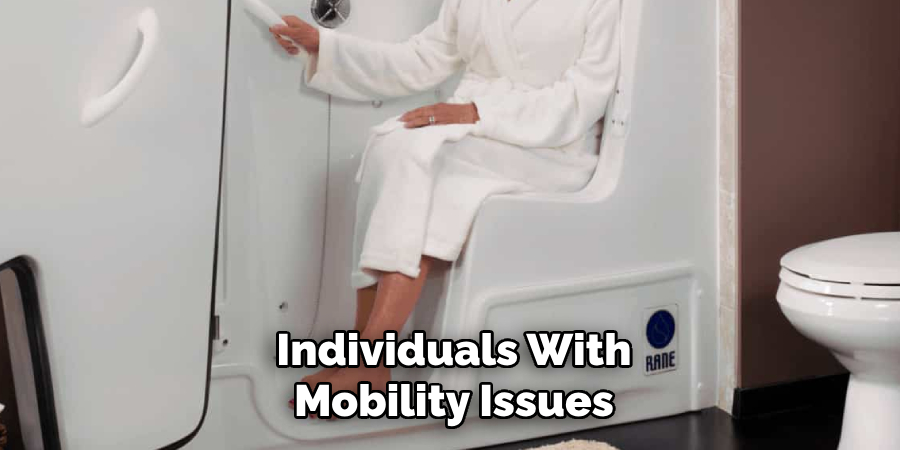
provide a stable seating option, eliminating the need to stand in the bathtub. Look for a model with non-slip rubber feet and adjustable height to ensure maximum comfort and safety.
5. Install Grab Bars for Stability
Installing grab bars in and around the bathtub offers additional support when entering, exiting, or moving within the tub. Securely mounted grab bars provide a sturdy handhold, reducing the likelihood of slips and falls. Choose stainless steel or heavy-duty plastic bars that are properly anchored into wall studs for optimal stability.
6. Keep the Bathtub Clean and Dry
Soap scum, shampoo residue, and mold buildup can make the bathtub surface even more slippery. Regularly cleaning the tub with a non-abrasive cleaner helps maintain a safe bathing environment. After each use, rinse away soap residue and wipe the tub dry to minimize slick surfaces caused by standing water.
7. Use a Handheld Showerhead for Better Control
A handheld showerhead allows users to control water flow direction, reducing unnecessary water accumulation in the tub that may create a slippery surface. This is especially beneficial for elderly individuals or those with limited mobility, as they can bathe while seated with minimal movement.
8. Adjust Water Temperature to Prevent Excess Condensation
Excess steam and condensation can make the bathtub and surrounding areas slippery. Adjusting the water temperature
to a moderate level reduces humidity and prevents excessive moisture buildup. Additionally, using an exhaust fan or opening a bathroom window can help ventilate the space and keep surfaces dry.
9. Wear Non-Slip Bath Shoes
Non-slip bath shoes provide additional grip for those who struggle with balance in the bathtub. These water-resistant
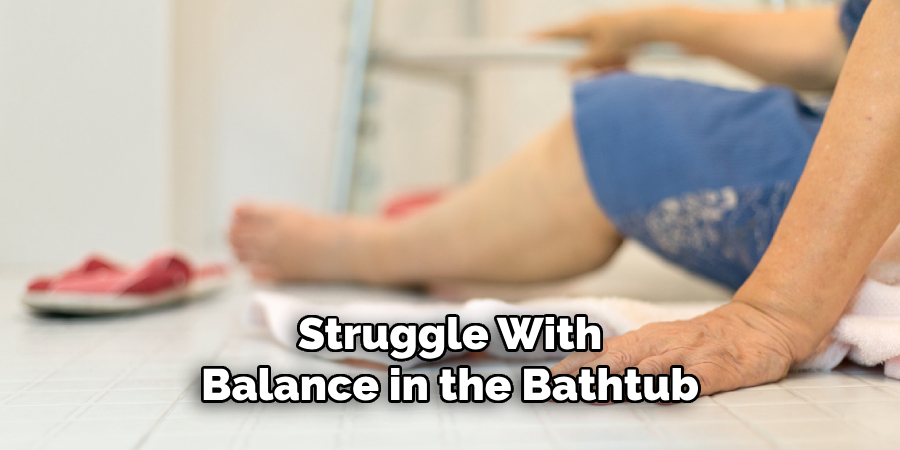
shoes have textured soles designed to prevent slipping on wet surfaces. This method is particularly useful for elderly individuals or people with medical conditions that affect stability.
10. Improve Bathroom Lighting for Better Visibility
Poor lighting can increase the likelihood of slipping, as it makes it harder to see water puddles or soap residue. Installing bright, waterproof LED lights ensures clear visibility in the bathtub area. Motion-activated lights or nightlights can also be useful for those who need to navigate the bathroom safely at night.
Maintenance and Upkeep
Maintaining bathtub safety features is just as important as installing them. Regular upkeep ensures that safety products remain effective and extend their lifespan. Start by periodically inspecting non-slip mats, stickers, or decals for signs of wear and tear, such as peeling edges or loss of adhesion, and replace them as needed. Clean anti-slip coatings with non-abrasive cleaners to prevent grime buildup that could reduce their grip.
For grab bars and shower chairs, check that they are firmly secured and free of rust or other damage that could compromise their stability. Additionally, ensure that drainage holes in mats or benches remain unclogged to avoid water pooling. Bathroom lighting should also be tested regularly, with burnt-out bulbs replaced promptly to maintain optimal visibility. By incorporating these maintenance practices into your routine, you can preserve the effectiveness of your bathtub safety measures and create a consistently safe environment.
Tips for Achieving the Best Bathtub Safety
To maximize the effectiveness of your bathtub safety measures, consider the following tips:
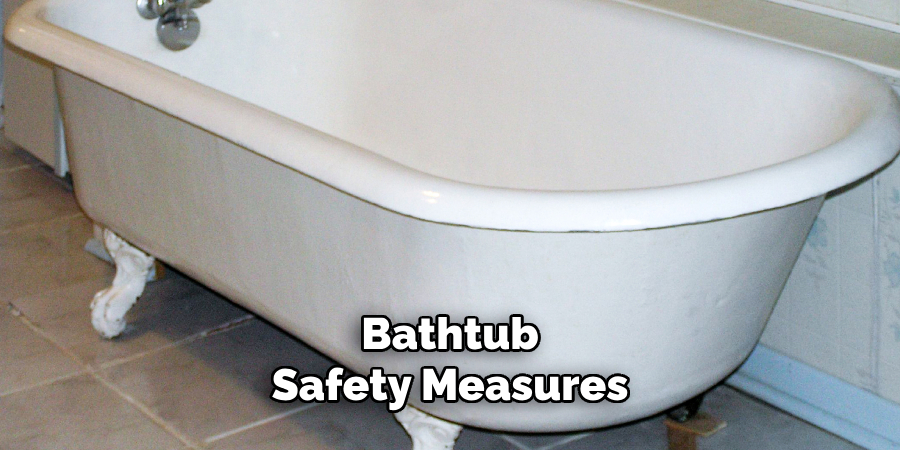
- Combine Multiple Solutions: Instead of relying on a single safety method, combine two or more solutions. For example, use non-slip mats along with grab bars for enhanced stability, or pair non-slip decals with a handheld showerhead for better water control.
- Tailor Solutions to Individual Needs: Assess the specific needs of those who use the bathtub, such as elderly family members, children, or individuals with mobility challenges. Choose safety features—like shower chairs, bath shoes, or anti-slip coatings—based on their unique requirements.
- Ensure Proper Installation: Safety products must be installed correctly to function as intended. Follow the manufacturer’s instructions carefully when applying anti-slip coatings, securing grab bars, or placing mats and decals. If needed, seek professional assistance for installation.
- Regularly Update Safety Features: Over time, materials can degrade, losing their effectiveness. Periodically review and replace worn-out items, such as old bath mats or faded decals, to ensure they continue to provide reliable safety.
- Promote Awareness: Educate everyone in your household on the importance of bathtub safety and the tools available. Encourage consistent habits, like cleaning the tub after each use or using non-slip footwear, to reduce accidents.
- Keep Essential Safety Items Handy: Ensure that objects providing additional safety—such as a sturdy towel bar or a securely placed shower caddy—are within reach. This reduces unnecessary stretching or sudden movements that might lead to slips.
By following these tips and staying proactive, you can enhance the safety and comfort of your bathtub environment, making it suitable for all users.
Safety Considerations
While implementing bathtub safety measures, it is essential to remain mindful of several overarching considerations to ensure maximum effectiveness and practicality. Firstly, prioritize the installation of high-quality safety products that are durable and certified for use in wet environments. Avoid purchasing low-cost alternatives that may not meet safety standards, as they can fail unexpectedly and compromise user safety. Secondly, consider the layout and space of your bathroom carefully—overcrowding the bathtub area with excessive safety features may lead to unintended hazards, such as limited mobility or tripping.
Additionally, maintain a consistent cleaning schedule to keep safety items, like grab bars, mats, and shower chairs, free of soap buildup or grime, as these can reduce their functionality. Always verify that weight-bearing products, including grab bars and benches, are rated to handle the required load, particularly for individuals with higher body weights.
Conclusion
Preventing slips in the bathtub is essential for maintaining a safe home environment. By implementing these ten methods, you can significantly reduce the risk of accidents and enhance bathing safety. Whether opting for simple solutions like bath mats and grab bars or investing in anti-slip coatings and shower chairs, taking proactive measures will provide peace of mind and a safer bathing experience for everyone. So, there you have it – a quick and easy guide on how to stop slipping in the bathtub.

